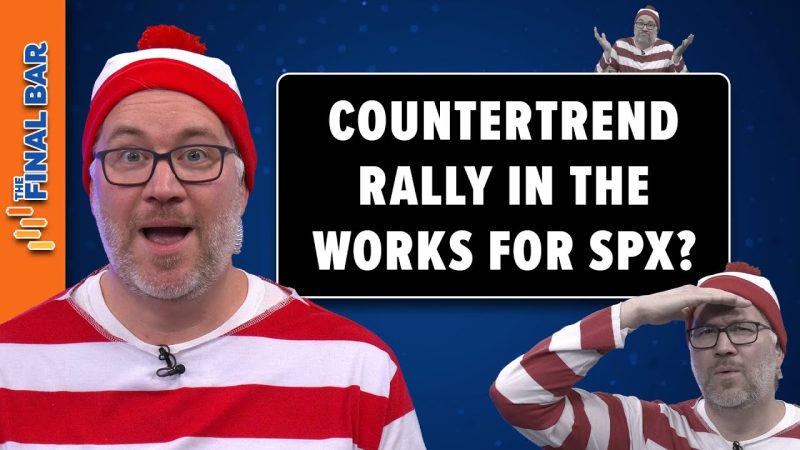The equity indices in the U.S. have been faring well lately, with the S&P 500 setting record highs. However, some analysts are predicting that the market could be due for a correction, which could lead to a countertrend rally for the index. What do the charts reveal about the likelihood of this scenario?
Analysts point out that the S&P 500 is heavily overbought, with a Relative Strength Index (RSI) of over 72. When the RSI rises above 70, it is generally seen as a sign that the stock is overbought and that a correction could be imminent. Additionally, strategies such as mean-reversion, which aim to buy when prices have declined, can be employed. This suggests that investors could be well-served by looking for signs of a potential countertrend rally.
Analysts have also highlighted the potential for a positive divergence. This occurs when a security, such as the S&P 500, trades lower, but its accompanying indicators, such as an RSI, rise. This indicates that the current trend may be losing momentum, paving the way for a countertrend rally.
Technical indicators, such as support and resistance levels, could also signal a potential countertrend rally. For instance, if the S&P 500 trades near its support level, this could be a sign that the current downtrend is losing momentum. This could allow investors to enter at a discount, potentially positioning themselves for a rebound.
Finally, analysts have suggested that investors should watch for divergences in volume to spot a potential countertrend rally. If volume increases significantly despite prices falling, this could indicate that the current trend is losing strength. This could be a sign that a countertrend rally is in the works.
In conclusion, there are several indicators that investors should watch for to spot the potential for a countertrend rally in the S&P 500. These include the RSI, support levels, divergences in volume, and positive divergences. By understanding these signals, investors may be better able to position themselves for any potential rebound.






